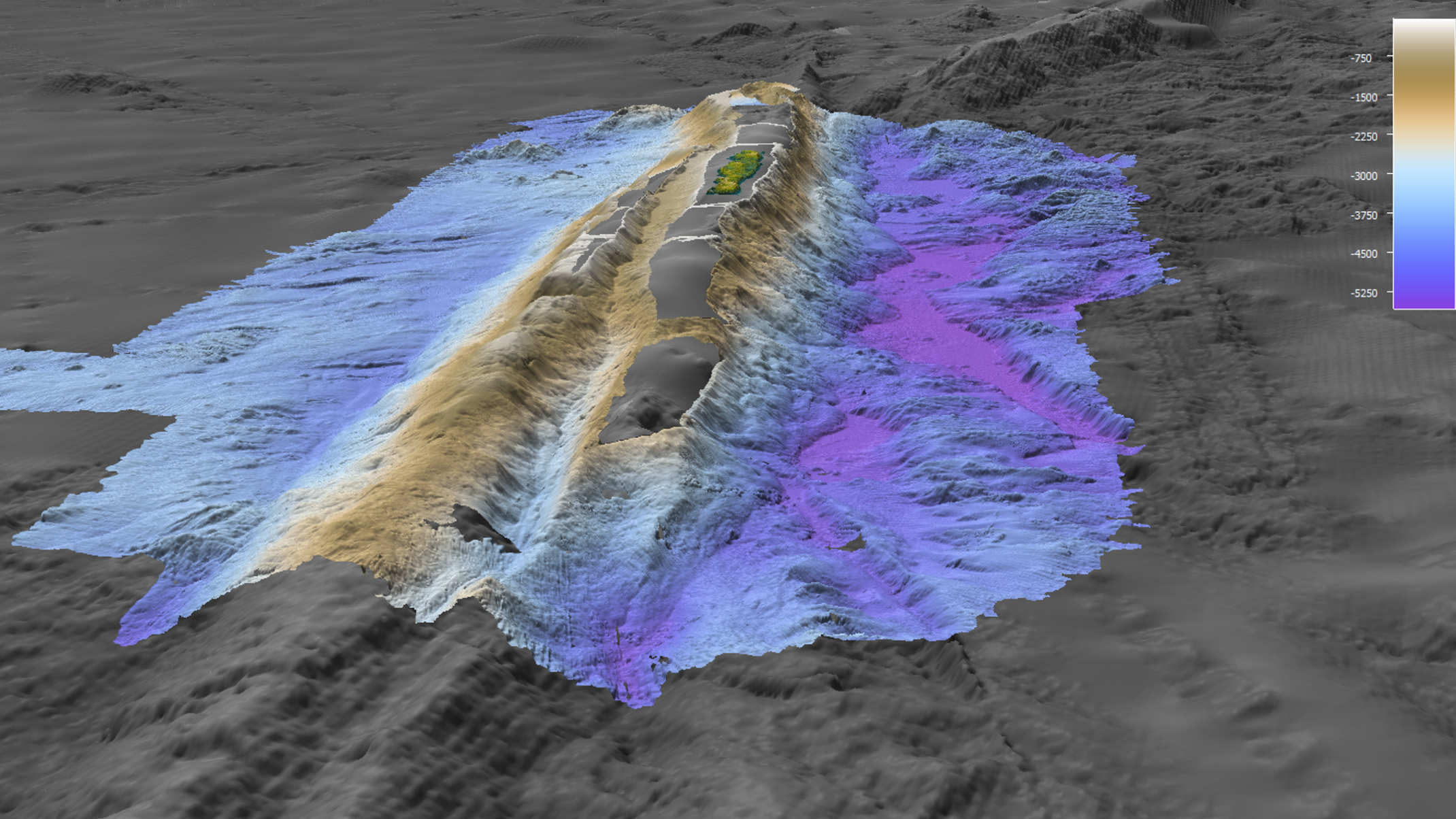We are delighted to invite you to the next talk in the Earthbyte Seminar Series, where we will delve into the fascinating world of “Plate Boundaries, Plumes, and Porphyries: the effect of plume-modified oceanic crust on porphyry development in the Americas since the Early Cretaceous.” This enlightening presentation will be delivered by Derek Wyman from the University of Sydney (USYD). Register here: EventBrite link
More details below:
Seminar Details:
- Date: Wednesday, 02 August 2023
- Time: 11:00 am – 12:00 pm AEST
- Location: Madsen Rm 449 and Online: Zoom Link
Plate Boundaries, Plumes, and Porphyries: the effect of plume-modified oceanic crust on porphyry development in the Americas since the Early Cretaceous
It has been suggested that the arrival of Large Igneous Provinces (LIPs) at subduction zones can account for the generation and size distribution of a variety of ore deposit types. LIPs, however, are only one manifestation of plume-crust interaction. The extent of past and present-day plume-modified oceanic crust is not well-constrained and cannot readily be assessed for potential tectonic or metallogenic implications. This study developed a semi-automated approach to assess such interactions globally and back through time by generating “plume-ridge synthetics” (PRS) in plate reconstructions to represent zones where interaction between plumes and MOR’s is likely to have occurred. We have also modelled hotspot trails to investigate the effect of their collision on metallogeny in North and South America (NAM and SAM) and have identified likely LIP collision events that were significant for mineralisation and flat slab episodes. We relate discrete mineralisation events to the collision of LIPs and hotspot trails in Mexico, Peru, and Chile. In the case of the Tuamotu Plateau, we identify a previously unrecognized conjugate, the Enigma Ridge, of sufficient size to provide the latitudinal coverage required to explain formation of the Peruvian Flat slab and the associated magmatic gap and mineralising event. Similarly, plate reconstructions through time allowed for the identification of anomalously slow relative plume movement versus overlying oceanic crust. Two such segments of the Juan Fernandez and San Felix plume tracks occur in proximity to each other. The resulting composite crustal anomaly was more than 1700 km in length, comparable to the Shatsky Rise or the Nazca Ridge. This “Juan Felix Rise” can account for development of 64 Ma to 51 Ma Cu porphyry deposits in southern Peru and northern Chile whose metallogenic context has previously been unexplained. The present study also builds on the work of Fletcher et al. (2020) in assessing the effect of plume activity on the Laramide Orogeny, anddetails the relationship between Shatsky – Hess conjugate subduction and Cu porphyry formation. Our results increase the known correspondence between porphyry deposit formation and the subduction of bathymetric highs and has implications for attempts to assess the factors that contribute to flat subduction.
![]()

